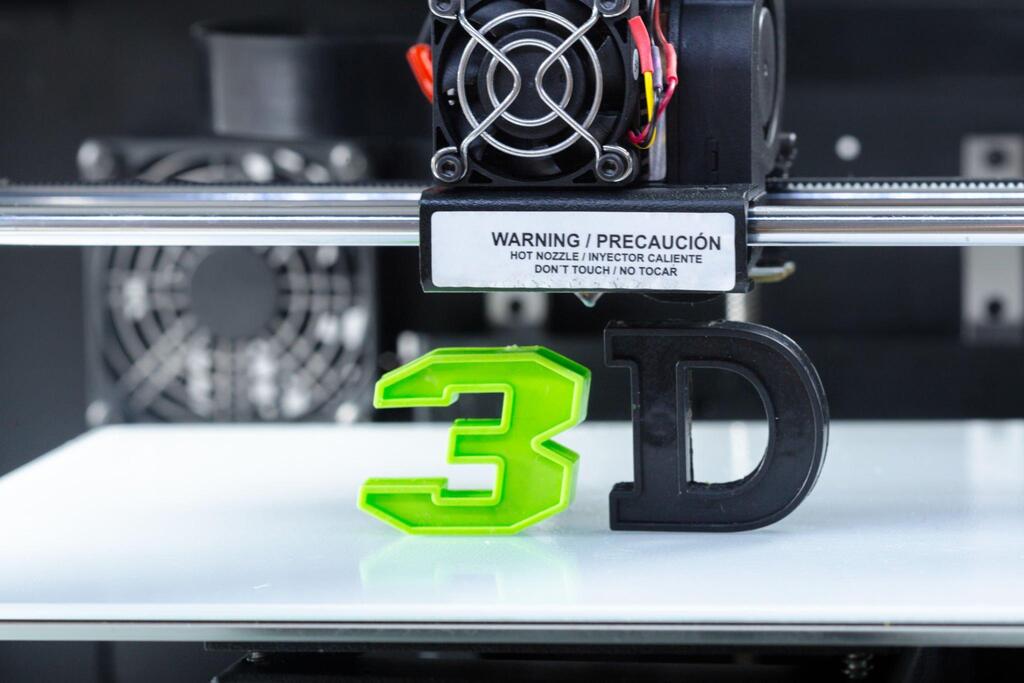Embracing 3D printing is not merely an option for Malaysia; it is an imperative. As the world evolves at a breakneck pace, countries that adapt and innovate thrive, while others risk falling behind. In this context, 3D printing service emerges as a catalyst for progress, enabling Malaysia to keep pace with global technological advancements. Now, let’s dive into each of these areas in more detail.
Accelerating Manufacturing and Industry
Streamlining Production with Additive Manufacturing
3D printing, often referred to as additive manufacturing, is redefining the production landscape in Malaysia. Traditional manufacturing methods involve subtracting material, while 3D printing adds layer upon layer, reducing waste and time. This efficiency is invaluable in various sectors.
Case Studies of 3D Printing in Malaysian Manufacturing
Aerospace Components
In the aerospace industry, precision is very important. Malaysian companies are harnessing 3D print service to manufacture lightweight, durable components for aircraft and satellites. This not only reduces costs but also enhances performance and safety.
Medical Devices
In healthcare Malaysia, 3D printing is proving to be a lifesaver. Hospitals and medical device manufacturers are utilizing this technology to create custom implants and prosthetics, improving patient outcomes and reducing recovery times.
Reducing Import Dependency: Custom Manufacturing
One of the most significant advantages of 3D printing is the ability to produce customized, one-of-a-kind parts. This is reducing Malaysia’s dependency on imported goods and increasing self-sufficiency. The nation is no longer bound by the limitations of mass production.
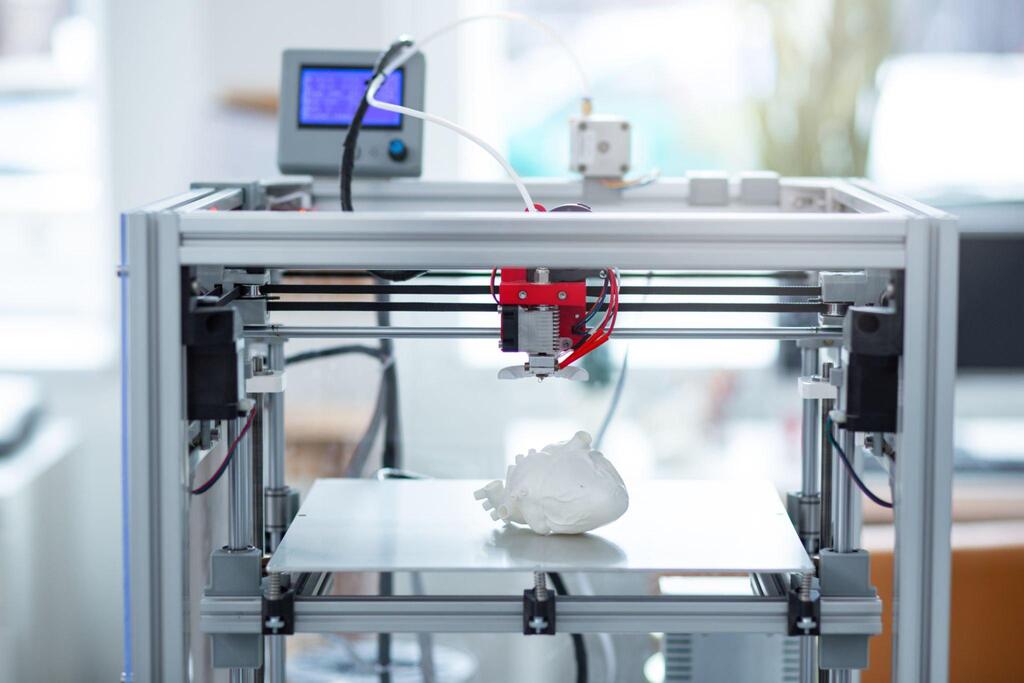
Fostering Innovation and Education
Revolutionizing Education with 3D Printing
Malaysia understands that the future belongs to those who innovate. Hence, educational institutions are adopting 3D printing to inspire creativity and problem-solving among students. It allows them to turn their ideas into tangible prototypes, encouraging STEM (Science, Technology, Engineering and Mathematics) education.
Skills Development and Workforce Training
To harness the full potential of 3D printing, a skilled workforce is essential. Malaysia is investing in training programs to equip its citizens with the knowledge and expertise needed to excel in this field. This ensures that the nation remains at the forefront of technology.
Nurturing a Generation of Innovators
The impact of 3D printing extends beyond manufacturing. It’s nurturing a new generation of innovators and entrepreneurs. Young Malaysians are increasingly using this technology to develop startups, creating a culture of innovation and entrepreneurship that is propelling Malaysia into the future.
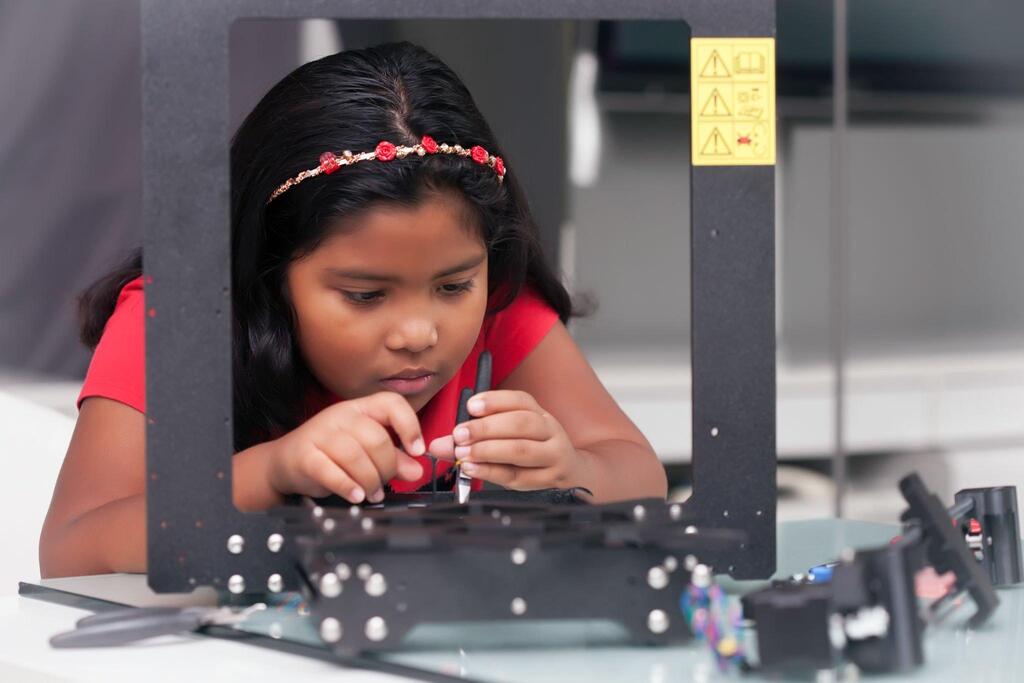
Healthcare Advancements through 3D Printing
Customized Prosthetics and Orthopedics
3D printing technology has revolutionized healthcare in Malaysia by enabling the production of customized prosthetics and orthopedic implants. Patients with limb deficiencies or injuries can now benefit from tailor made prosthetic limbs and orthopedic implants that perfectly fit their unique anatomical structures. This level of personalization not only enhances comfort but also improves overall functionality, significantly enhancing the quality of life for individuals.
Medical Imaging and Surgical Planning
Medical professionals in Malaysia are increasingly turning to 3D printing for pre-surgical planning and education. By converting medical imaging data into 3D models, surgeons can better understand complex anatomical structures and plan intricate procedures with precision. This technology minimizes surgical risks, reduces operating time and enhances patient outcomes.
Promoting Accessibility to Healthcare Solutions
3D printing also plays an important role in promoting accessibility to healthcare solutions. Remote and underserved communities in Malaysia can benefit from the local production of medical devices, reducing dependence on imports and lowering costs. This technology empowers healthcare providers to respond quickly to emergencies and provide essential medical equipment where it is needed most.
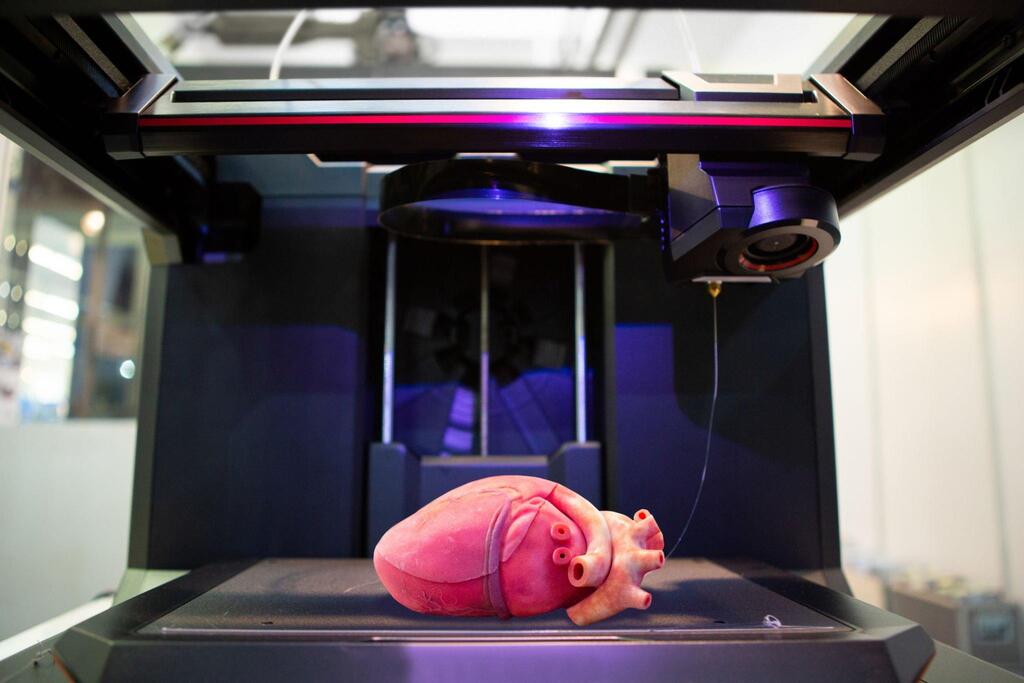
Sustainable Practices and Environmental Impact
Reducing Material Waste in Manufacturing
Traditional manufacturing often results in significant material wastage. In contrast, 3D printing’s additive manufacturing approach minimizes waste by using only the required materials. This sustainable practice not only conserves resources but also reduces manufacturing costs, making it an environmentally and economically responsible choice.
Sustainable Architecture and Construction
The construction industry in Malaysia is embracing 3D printing service for sustainable architecture and construction. By using 3D printers to create building components, such as concrete panels, construction becomes more efficient and eco-friendly. This method also allows for intricate and innovative architectural designs, enhancing the aesthetics of buildings while reducing the carbon footprint.
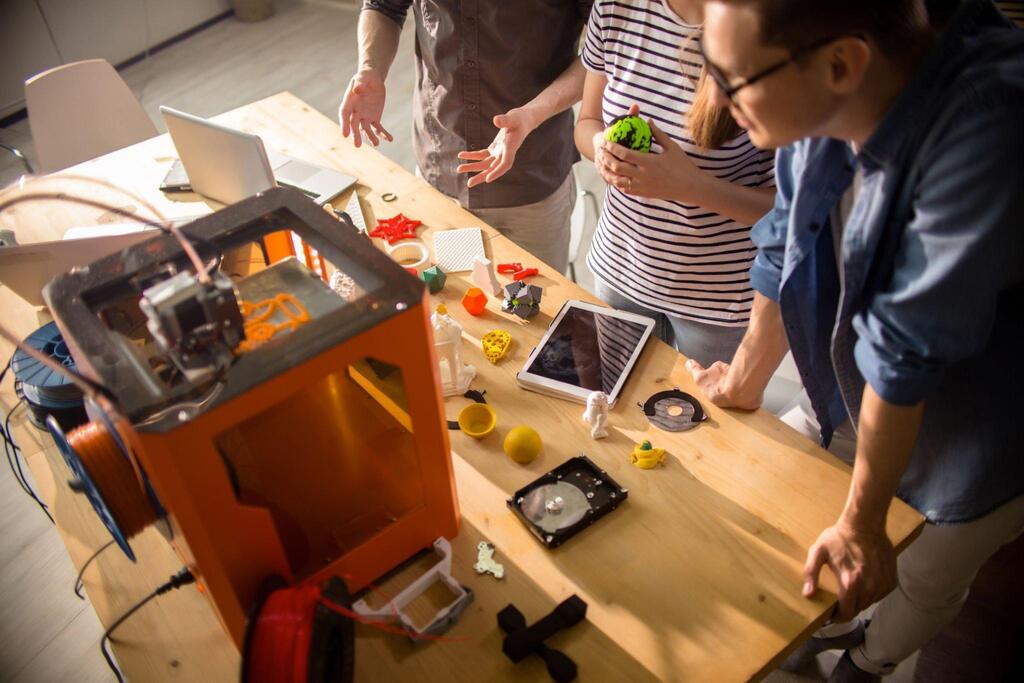
The Role of Government Initiatives
Government Support for 3D Printing
Malaysia’s government is actively supporting the adoption of 3D printing technology. Initiatives such as grants, tax incentives, and subsidies are encouraging businesses and research institutions to invest in 3D printing capabilities. This support fosters innovation and economic growth while positioning Malaysia as a leader in the global 3D printing landscape.
Collaborations and Partnerships
Malaysia recognizes that international collaboration is essential for maximizing the potential of 3D printing. The nation is actively seeking partnerships with global leaders in the field to exchange knowledge, share best practices, and collectively drive the growth of 3D printing technologies.
Conclusion
In conclusion, 3D printing service has become a driving force behind Malaysia’s transformation into a technological powerhouse. It accelerates manufacturing, fosters innovation and empowers education. As Malaysia continues its journey towards Industry 4.0, 3D printing shop will remain a vital tool in the nation’s pursuit of progress, ensuring that Malaysia remains not just competitive but a leader in the global technological landscape. Embracing this technology is not a choice; it’s a necessity for Malaysia’s future success on the world stage.

